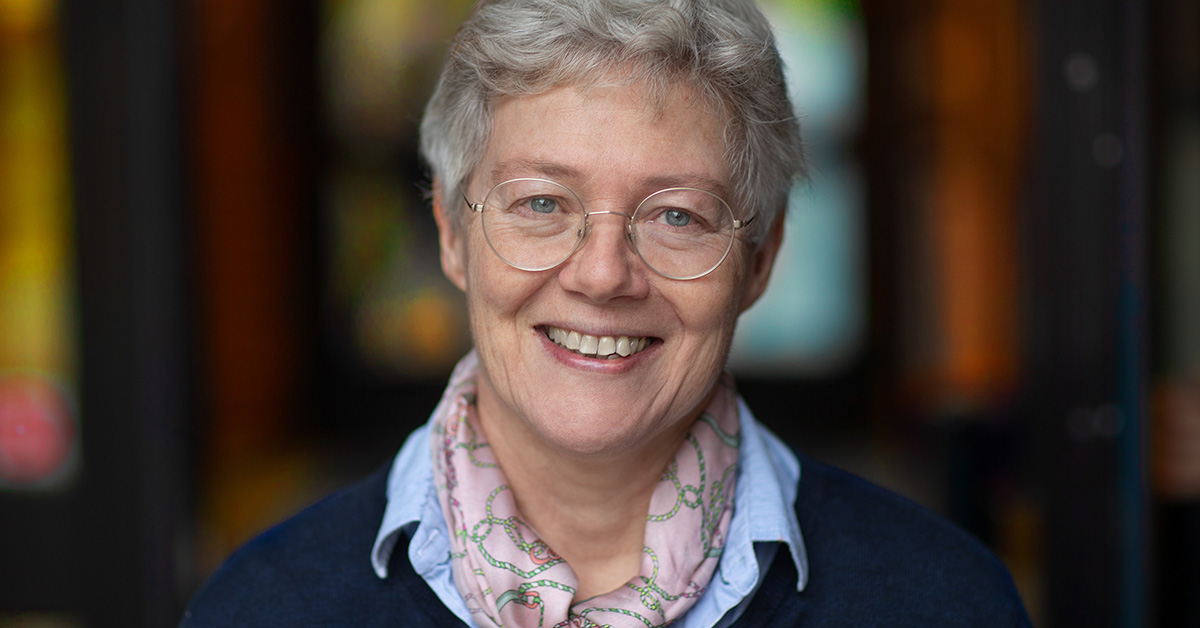News
News
PublISHED ON
UpDATED ON
Congratulations on your Nobel Prize, Anne L’Huillier!
Anne L’Huillier, of Lund Univerity, is one of the recipients of this year’s Nobel Prize in Physics. Together with Pierre Agostini and Ferenc Kraus, she is receiving the prize “for experimental methods that generate attoseconds of light to study electrodynamics in matter”. For many years, she has received funding from the Swedish Research Council.
“It is a fantastically well-deserved prize, to three very worthy recipients. This prize shows the power of the long-term approach that you get from basic research. The attosecond phenomenon is important, not just in basic nuclear physics, but also has many important applications. Because Anne L’Huillier and her fellow prize winners were given the opportunity to conduct their research, based on their own interests, they have also succeeded in making ground-breaking discoveries in the field of physics. Their efforts deserve both admiration and really warm congratulations from the entire research community,” says Mattias Marklund, Secretary General for Natural and Engineering Sciences at the Swedish Research Council.
Anne L’Huillier has been receiving various kinds of grants from the Swedish Research Council, and is active at Lund University. In 2014, she was awarded funding under our distinguished professor programme, which aims to create preconditions for the most prominent researchers to conduct long-term research with great potential and great risk-taking.
She is the fifth woman to be awarded a Nobel Prize in Physics.
Read about Anne L’Huillier’s project in the Swecris database (in Swedish) External link.
External link.

Anne L'Huillier. Photo: Lund University
More abot the research behind this year’s Nobel Prize in Physics
Changes at electron level occur very fast, and are often measured in attoseconds; that is, one billionth billionth of a second. To see and study events at electron level, you therefore have to be able to delimit the time lapses studied into attoseconds.
The experiments that received this year’s Nobel Prize in Physics have shown a way of manufacturing light flashes that last for so short a time that they can be measured in attoseconds, and that can therefore light up a sufficiently short moment to enable study of what happens inside atoms and molecules. There are also important applications of the discoveries in fields such as semi-conductor physics.
Press release from The Royal Swedish Academy of Sciences (in Swedish) External link.
External link.
MORE WITHIN THE SAME SUBJECT AREA
-
News |
Published 2 May 2024
In August, the Swedish Research Council will be opening a call for grants to research environments in 6G. The call is part of the Government’s initiative to develop the next generation of wireless systems. The grant shall be used to build up strong r...
-
Activity |
Published 11 April 2024
On 26 of April, there will be an inauguration of one of the new centres of excellence with funding from the Swedish Research Council: The Swedish Centre for Impacts of Climate Extremes (CLIMES) – a platform for research and training to promote scient...
Keywords:
-
Article |
Published 4 April 2024
The Swedish Research Council is funding 15 centres of excellence as from 2024. The centres, which are being built up, shall carry out ground-breaking research and educational activities around a central theme.



